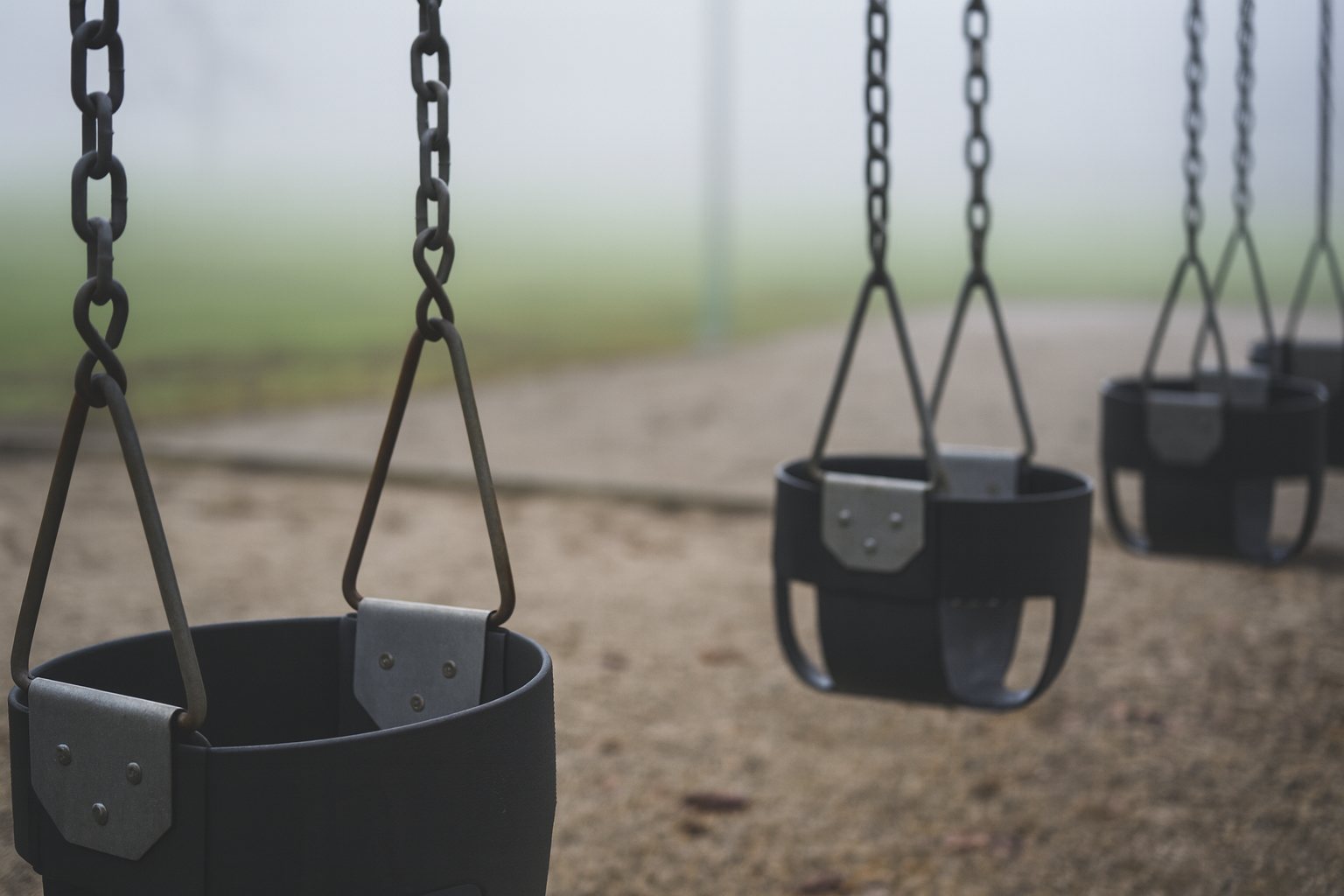
If you’re asking, who is liable if my child is injured on a playground, the answer depends on where the injury occurred and who was responsible for safety — because playground injury liability varies across schools, cities, and businesses. Common parties that may be held accountable include:
Determining liability requires proving negligence, unsafe conditions, and a failure to take reasonable steps to prevent the injury.
When you’re taking care of a child, you have to be vigilant because you never know what kind of situation they’ll find themselves in once you look away. Hazards can be everywhere, even in places where kids are supposed to let themselves loose and have fun.
And one of those areas is usually the playground. If your child injures themselves while playing at a playground, the first question you’re going to ask is, “Who is liable if my child is injured on a playground?”
According to the Consumer Product Safety Commission, more than 200,000 children in the U.S. end up in emergency rooms each year with injuries linked to playground equipment. While many cases involve scrapes or sprains, others lead to fractures, concussions, or worse. According to the CDC – Playground Injuries, emergency departments treat more than 200,000 children annually for playground-related injuries, many involving fractures and head trauma.
For parents, what should be an afternoon of carefree play can quickly turn into a medical emergency and a difficult search for answers about who is liable if my child is injured on a playground.
And when safety lapses, who is legally responsible for a child’s injury on a playground?
In this article, we’ll explain the common causes of playground injuries, the different parties who may be held liable, and what legal options families have when negligence plays a role.
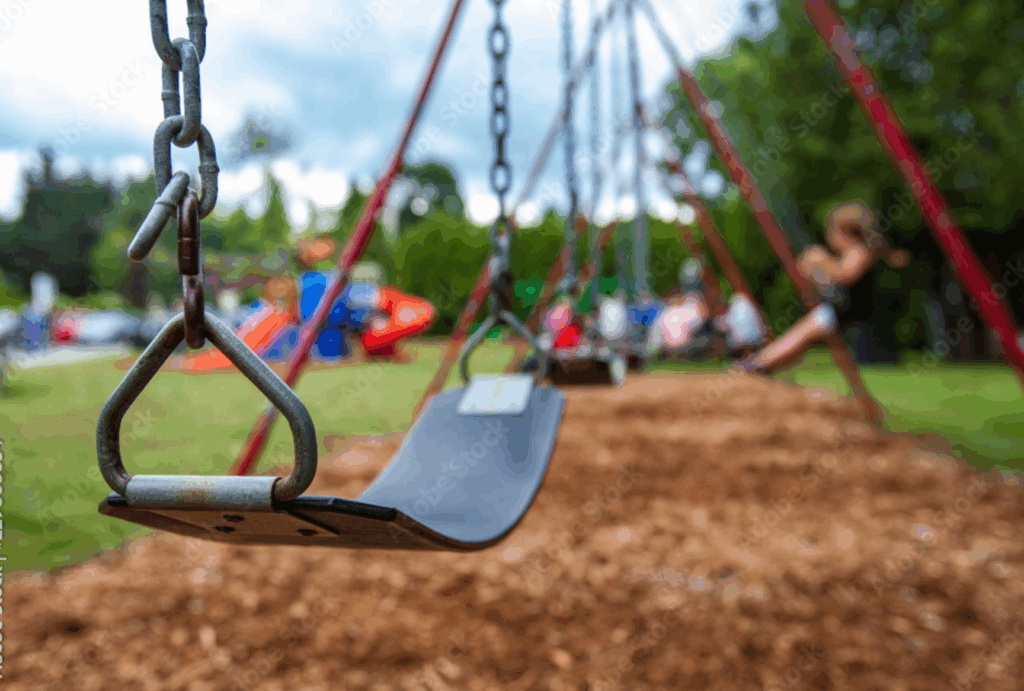
Playground safety depends on the people and organizations responsible for designing, maintaining, and supervising the space — a key part of determining who is liable if my child is injured on a playground. The exact duty of care varies based on where the playground is located and who manages it:
Municipalities, counties, or other local government entities are usually responsible for playgrounds in public parks. They are expected to design and maintain equipment that meets safety standards, conduct regular inspections, and repair hazards like broken swings, rusted slides, or unsafe surfaces. Failure to correct known dangers may expose them to liability if a child is injured.
Schools, whether public or private, have a heightened duty to protect children in their care. This means maintaining equipment, keeping grounds safe, and ensuring proper supervision during recess or after-school activities. A school that ignores broken equipment or fails to provide adequate staff to watch over children may be considered negligent if injuries occur.
Playgrounds at restaurants, daycare centers, or residential complexes (such as apartments or HOAs) are typically overseen by the property owner or business. These operators must make sure equipment is in good condition and that safety rules are enforced. Since these spaces are often used to attract families, operators can be held accountable if they neglect proper upkeep.
When a homeowner installs playground equipment on private property, they become responsible for maintaining it in a reasonably safe condition. If a neighbor’s child is injured while invited to play, the homeowner could face liability for hazards they knew about, such as a loose ladder or unstable swing set.
Across all types of playgrounds, regular inspections, timely maintenance, and adequate supervision must be implemented correctly. When those responsibilities are neglected, the risk of injury rises, and liability may fall on the property owner, operator, or supervising institution.
Children are naturally active and curious, but certain conditions on a playground can turn play into danger. Many injuries stem from risks that could have been prevented with proper care and oversight, such as:
Sometimes the hazard begins before the equipment is ever installed. Poorly designed climbing structures, slides that are too steep, or equipment with sharp edges can create an unreasonable risk of harm. In these cases, liability may extend to the manufacturer or distributor.
Even well-designed equipment can become dangerous if installed incorrectly. Loose anchoring, uneven platforms, or inadequate protective surfacing around the play area increase the chance of falls and serious injuries. Contractors or companies hired to install the equipment may be held responsible.
Playgrounds are often divided into sections for different age groups, such as toddler areas and older children’s areas. Injuries occur when equipment meant for older children is used by younger ones without safeguards or supervision, or when signage and barriers are unclear.
Accidents often trace back to systems that are reactive rather than preventative. If a school, city, or business lacks a consistent maintenance schedule, small defects can worsen over time, leading to accidents.
Tree roots breaking through the surface, exposed concrete footings, or poorly lit areas can create dangers separate from the equipment itself. These conditions fall under the property owner’s responsibility to maintain safe surroundings. The National Safety Council also emphasizes that many of these hazards contribute to preventable injuries — making it critical to understand who is liable if my child is injured on a playground.
As soon as you can identify the root cause, families and their attorneys can properly determine how the injury happened and who is liable if my child is injured on a playground.
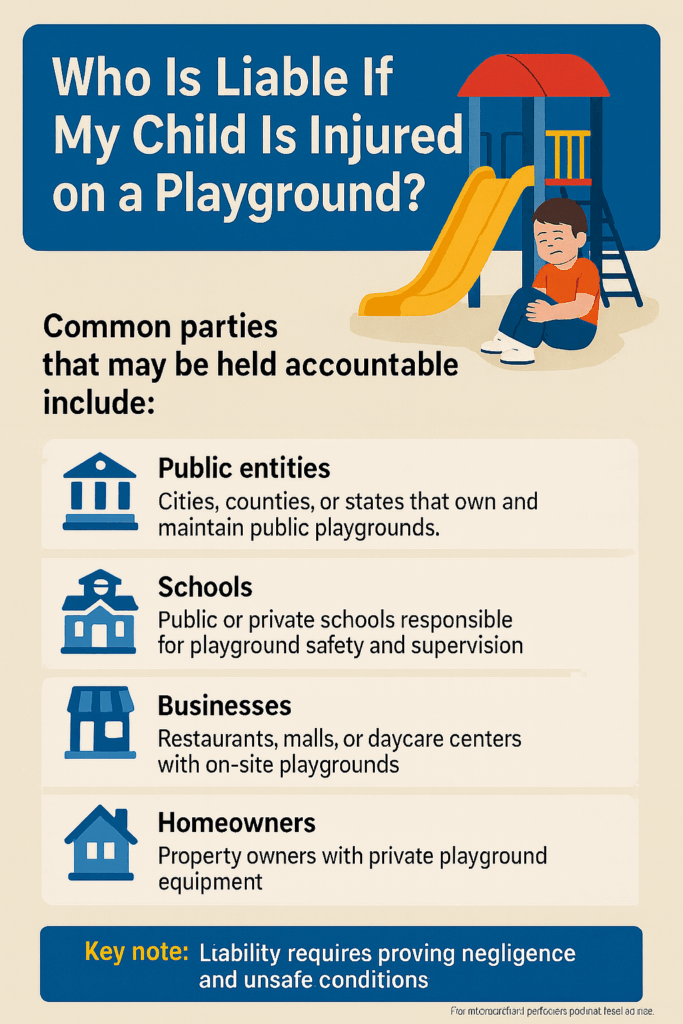
In many cases, yes. But the process depends on whether the school is public or private.
Public schools, including district-run and some charter schools, are government entities. That means special rules apply:
Private schools are treated more like private businesses. To bring a case, you’d usually argue negligence: the school failed to keep equipment safe, supervise children properly, or maintain the grounds.
Courts also look at a child’s age and maturity when considering fault. Young children often can’t be held responsible for their own injuries, while older children may be compared to what a “reasonable child” of their age would do.
When a business provides a playground as part of its premises, it takes on the responsibility of keeping that area reasonably safe for its guests. This applies to restaurants like McDonald’s, malls with play areas, and indoor play centers. Because these spaces are used to attract families, courts often view the business as owing a clear duty of care to children who use them.
If a child is injured, parents may bring a premises liability claim. To succeed, you generally need to show:
Examples that could lead to liability include:
In some cases, liability may also extend to third parties. For example, if the equipment was defective from the start, the manufacturer or installer could share responsibility. If a cleaning company failed to address a spill that caused a child to slip, that contractor might also be named in the claim.
The Americans with Disabilities Act (ADA) requires that new or altered public play areas be accessible to children with disabilities. These rules apply to state and local government facilities, schools, childcare centers, and other public or commercial spaces.
The goal is to ensure that children of all abilities can safely use and enjoy a variety of play experiences. Its key points include:
Playgrounds must provide continuous, unobstructed paths that connect different play components. These can be at ground level or elevated, and they must meet federal standards for width, slope, and surface materials so that wheelchairs and mobility devices can travel safely.
At least one of each type of ground-level play feature (such as swings, spring riders, or slides) must be placed along these usable paths. The number of required ground-level options increases depending on how many elevated structures the playground contains.
At least half of all elevated features, like platforms, climbers, or slides connected by decks, must be reachable through compliant access. Larger playgrounds with 20 or more elevated elements need ramps for at least 25% of them, while smaller spaces may meet the standard with transfer systems.
Ground materials used along these pathways must also comply with safety and accessibility rules. Options like engineered wood fiber or rubber tiles qualify if they are properly installed and maintained, since surfaces must remain stable, firm, and slip-resistant.
These guidelines establish a baseline for inclusive playground design. Communities and property owners are encouraged to go beyond the minimum to create environments where all children can play and interact together.
When a child is hurt on a playground, parents are left with urgent medical needs and difficult questions about accountability. Liability is not always straightforward. Responsibility may fall on a school, city, business, or even a contractor. The process is stressful, and deadlines for claims can be short.
Thompson Law has the experience to investigate these cases, identify who is liable if my child is injured on a playground, and fight for the compensation families need to cover medical costs, long-term care, and emotional recovery.
Contact Thompson Law today for a FREE CONSULTATION. Our team is ready to listen to your story, explain your options, and help you move forward with confidence.
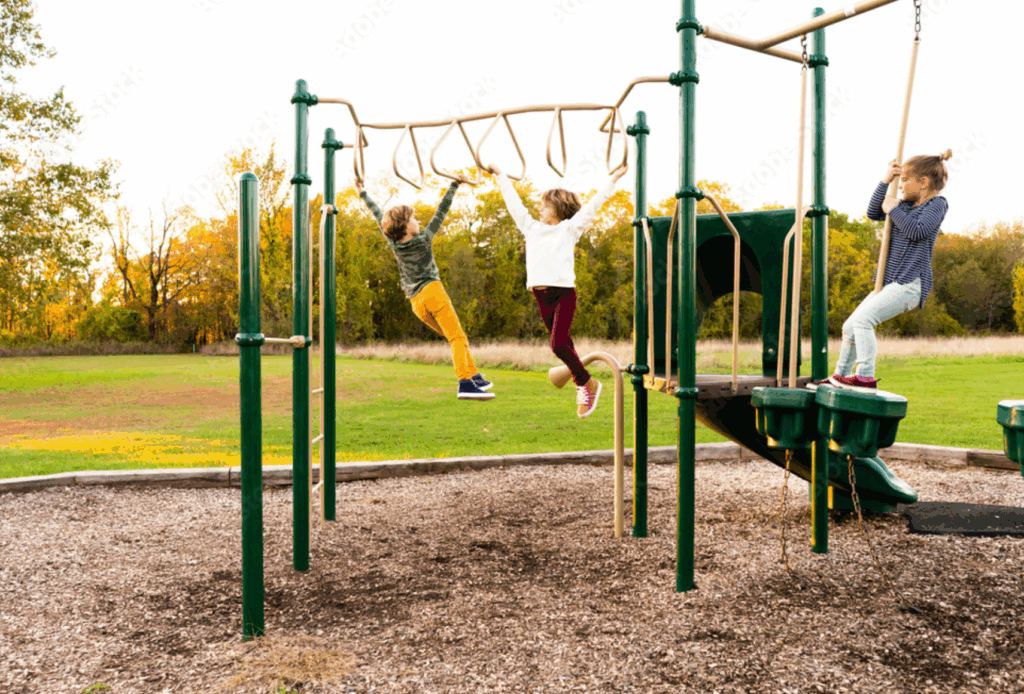
Serving clients in:
Liability depends on who owned or managed the playground. Public entities, schools, businesses, homeowners, or equipment manufacturers may be responsible — but ultimately, proving negligence is how you establish who is liable if my child is injured on a playground.
Yes, but special rules apply. Most states require parents to file a notice of claim within a short deadline (often 30–180 days). Missing this step can prevent you from suing.
Private schools and daycare centers are held to negligence standards. They can be liable if they fail to supervise children, maintain equipment, or repair known hazards.
Yes. Restaurants and businesses with playgrounds must keep the area safe. If your child is injured due to unsafe equipment or conditions, the business may face a premises liability claim.
Absolutely. If defective design, poor manufacturing, or improper installation caused the injury, the manufacturer or installer may share liability.
Families may recover compensation for medical expenses, ongoing care, pain and suffering, and in some cases, lost wages if a parent had to miss work to care for the child.
Yes. These cases can be complex, especially when government entities or businesses are involved. An attorney ensures deadlines are met and builds the strongest case possible.
Sí. Hablamos español. We provide bilingual support so Spanish-speaking clients have full access to our attorneys.
Contact Thompson Law today for a FREE CONSULTATION.





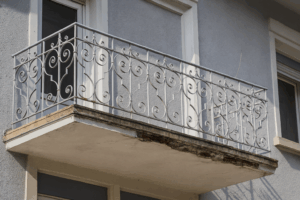
Thompson Law charges NO FEE unless we obtain a settlement for your case. We’ve put over $1.9 billion in cash settlements in our clients’ pockets. Contact us today for a free, no-obligation consultation to discuss your accident, get your questions answered, and understand your legal options.
State law limits the time you have to file a claim after an injury accident, so call today.